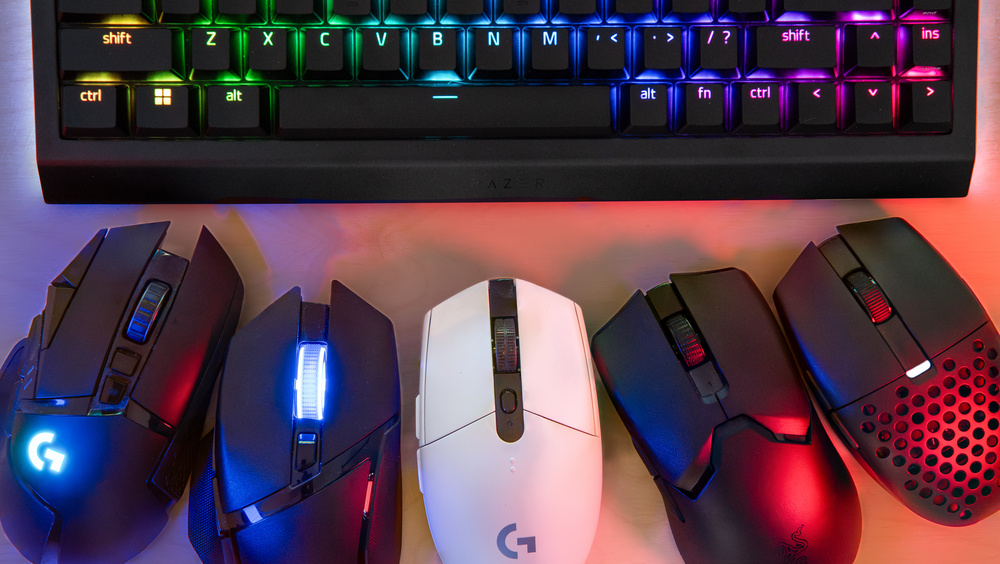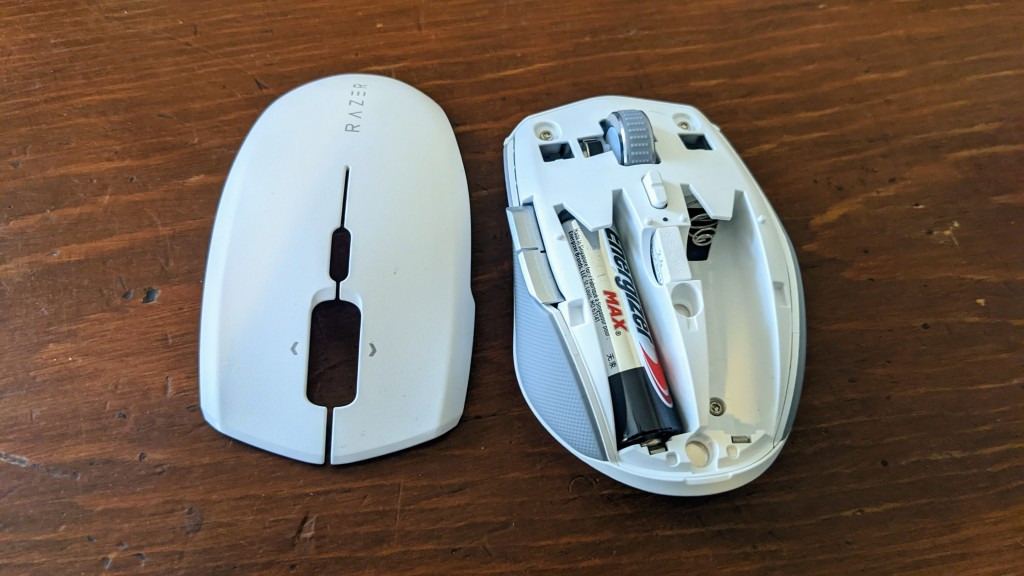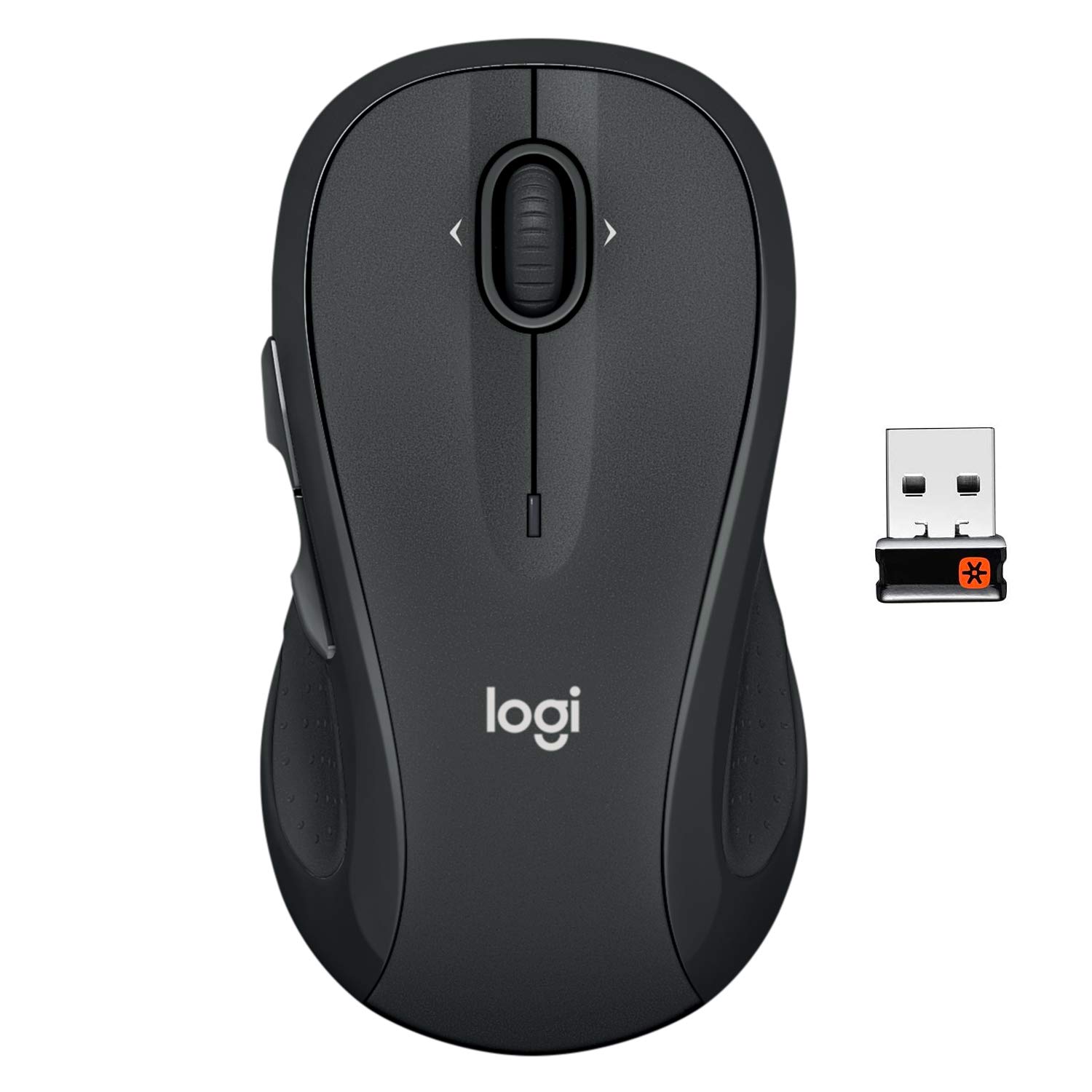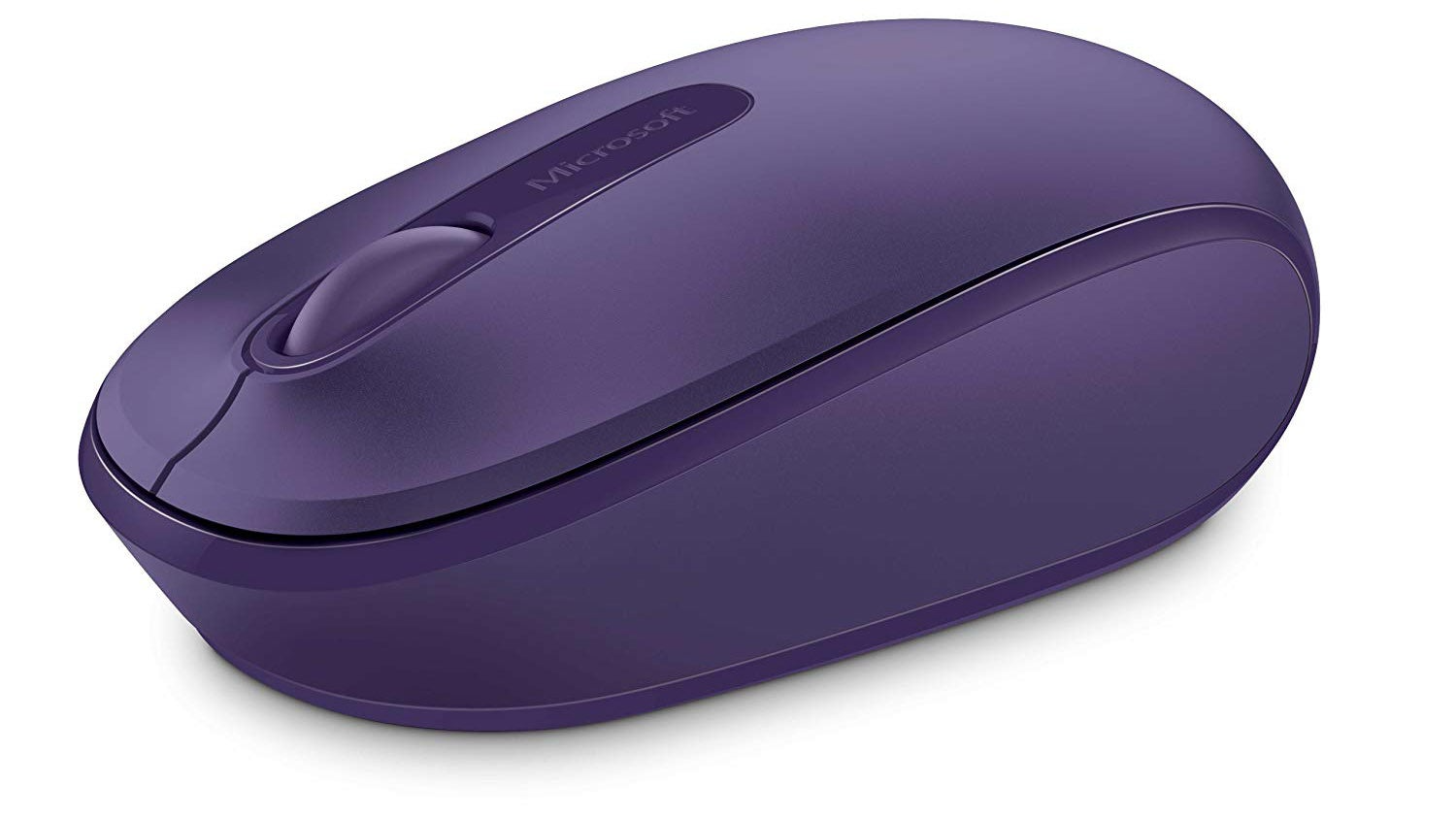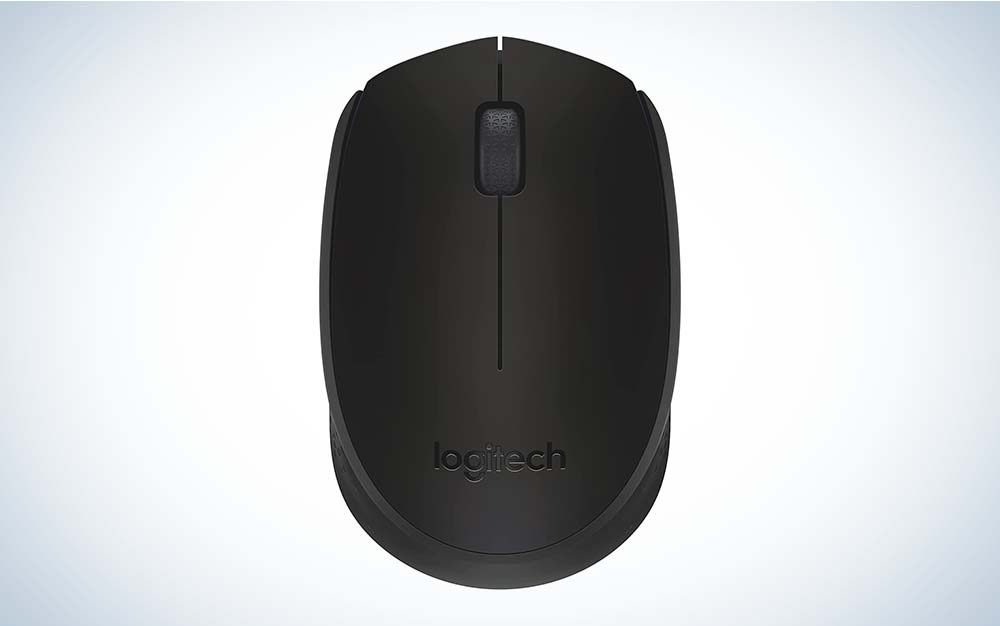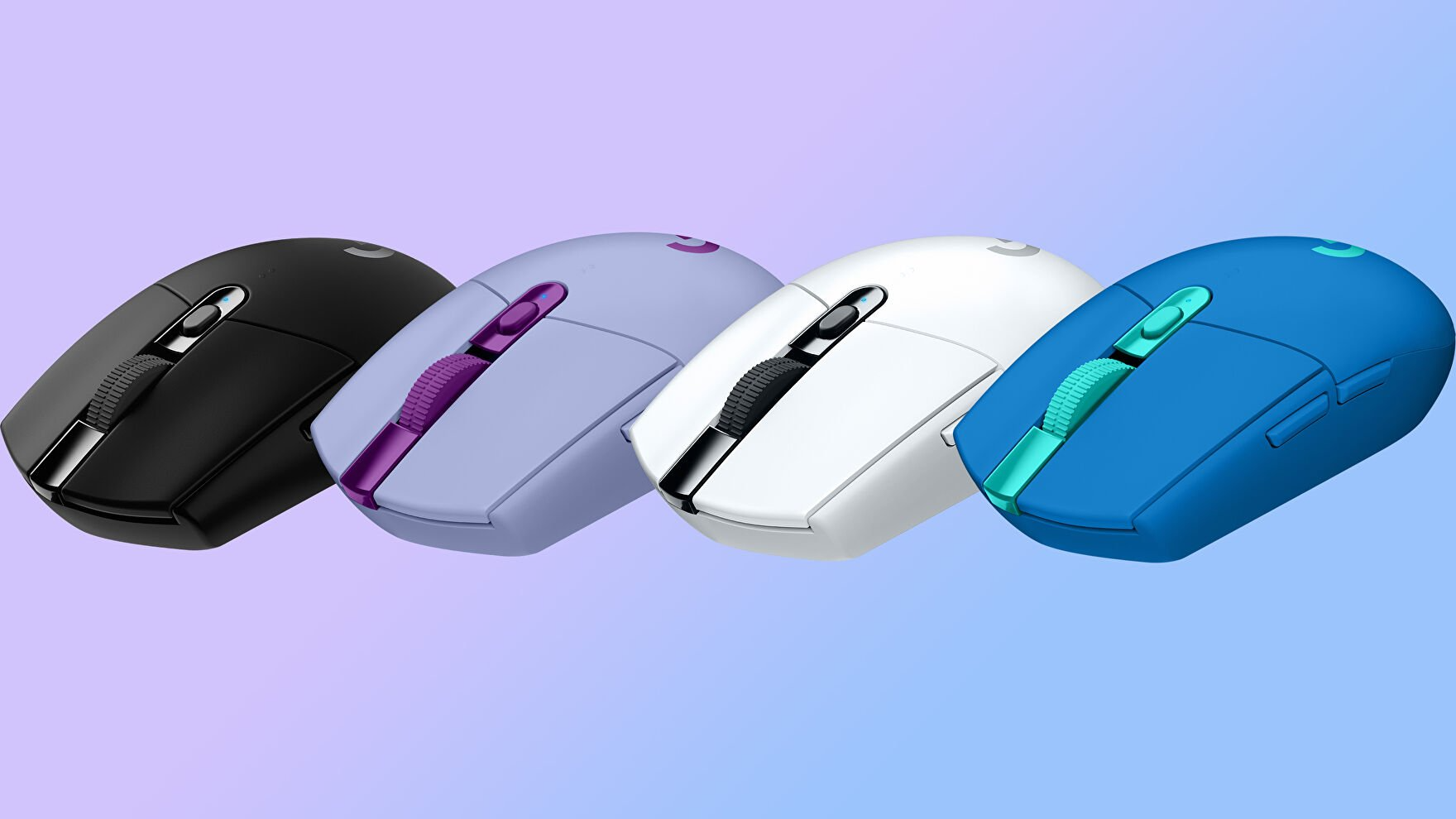Introduction
In the realm of computer peripherals, a wireless mouse stands as an indispensable tool for enhancing productivity, comfort, and convenience. With a myriad of options available on the market, selecting the perfect wireless mouse can seem like a daunting task. However, armed with the right knowledge and understanding of your specific needs, you can easily navigate through the sea of choices to find the ideal device. This comprehensive guide aims to provide you with all the necessary information to make an informed decision when choosing the best wireless mouse for your requirements.
Understanding Wireless Mouse Technologies
Radio Frequency (RF) Mice
Radio Frequency (RF) mice utilize a USB receiver or dongle that plugs into your computer, establishing a connection via radio waves. Operating on the 2.4 GHz frequency band, RF mice offer a reliable connection with minimal interference from other wireless devices. They typically have a range of up to 30 feet, making them suitable for both desktop and living room setups. While RF mice require a dedicated USB port for the receiver, some models now feature a nano-sized receiver that can remain plugged in without obstructing adjacent ports.
Bluetooth Mice
Bluetooth mice connect directly to your computer, tablet, or smartphone via built-in Bluetooth technology. They eliminate the need for a separate USB receiver, freeing up valuable ports and offering compatibility with a wide range of devices, including those without USB-A ports. Bluetooth mice generally have a slightly shorter range than RF models, around 10 to 30 feet, but they excel in energy efficiency and are often compatible with multiple devices simultaneously, allowing you to switch between them effortlessly.
Hybrid Mice
Some advanced wireless mice combine both RF and Bluetooth connectivity, providing users with the flexibility to choose the most convenient option depending on their device and workspace setup. These hybrid mice offer the extended range and reliability of RF along with the portability and multi-device compatibility of Bluetooth, making them an attractive choice for users who frequently switch between different devices or work environments.
Ergonomics and Comfort
Form Factors
Wireless mice come in various form factors to accommodate different hand sizes and grip styles:
Ambidextrous Mice
Designed to be used comfortably by both left- and right-handed individuals, ambidextrous mice feature symmetrical shapes and buttons placed symmetrically on either side. They are ideal for shared workspaces or users who switch hand dominance periodically.
Right-handed Mice
Tailored specifically for right-handed users, these mice often have a contoured shape that follows the natural curve of the hand, providing enhanced support and reducing strain during extended use. Buttons and side grips are strategically placed for easy access with the thumb and fingers.
Vertical Mice
Vertical mice promote a handshake grip, where the hand rests in a more neutral position, reducing wrist pronation and alleviating pressure on the carpal tunnel. These mice are particularly beneficial for users prone to wrist pain or those looking to prevent repetitive strain injuries.
Weight and Customization
Optimal weight is subjective and can significantly impact comfort and control. Lightweight mice (around 60-80 grams) are preferred by users who value speed and agility, while heavier models (over 100 grams) provide a more substantial feel and improved stability. Some high-end wireless mice allow users to adjust their weight by adding or removing small weights inside the device, ensuring a personalized experience.
Additionally, customizable buttons, programmable profiles, and adjustable DPI settings enable users to tailor their mouse to their workflow, streamlining tasks and boosting productivity.
Sensor Performance
A mouse’s sensor determines its tracking accuracy, speed, and surface adaptability. Key sensor specifications to consider include:
DPI (Dots Per Inch)
DPI represents the sensitivity of the mouse, indicating how far the cursor moves on the screen per inch of physical mouse movement. Higher DPI values allow for faster cursor movement and are advantageous for large screens or high-resolution displays. Most users find a DPI range of 800 to 3200 sufficient for everyday tasks, while gamers and professionals requiring precise control may prefer mice with DPI adjustments up to 16,000 or higher.
Sensor Type
Laser sensors offer excellent precision and can track on a wide variety of surfaces, including glass. Optical sensors, on the other hand, use an LED to illuminate the surface beneath the mouse and are generally more affordable and power-efficient. Modern optical sensors, such as the PixArt PMW3366 or the HERO (High-Efficiency Rated Optical) sensor, provide performance comparable to laser sensors while maintaining excellent surface adaptability and power efficiency.
Polling Rate
The polling rate refers to how frequently the mouse reports its position to the computer, measured in Hz. A higher polling rate (e.g., 1000Hz or 1ms response time) ensures smoother cursor movement and reduces input lag, which is crucial for gaming and fast-paced applications. A polling rate of 500Hz or above is suitable for most users, while gamers and professionals may prefer a 1000Hz polling rate for optimal responsiveness.
Battery Life and Charging Options
Long battery life is essential for uninterrupted productivity and convenience. Look for wireless mice with a battery life of at least 20 hours on a single charge, with many high-end models offering up to several months of use. Some features that contribute to extended battery life include:
Power-saving Modes
Automatic sleep modes and customizable power profiles help conserve battery when the mouse is idle or not in use.
Battery Indicator
A battery level indicator, either on the mouse itself or through companion software, allows users to monitor and manage their battery effectively.
Charging Options
Wireless mice can be charged in several ways:
Rechargeable Batteries
Many modern wireless mice use rechargeable internal batteries, which can be replenished via a micro-USB, USB-C, or proprietary charging cable. Some premium models even support wireless charging using Qi-compatible pads.
Replaceable Batteries
Mice with replaceable AA or AAA batteries offer the convenience of swapping out depleted cells for fresh ones, eliminating downtime. However, this option may incur additional costs over time and contribute to e-waste.
Additional Features and Considerations
Compatibility and Software Support
Ensure the wireless mouse you choose is compatible with your operating system (Windows, macOS, Linux, etc.) and any specialized software you use regularly. Many manufacturers offer companion software that enables customization of button assignments, DPI settings, and lighting effects, providing a more personalized experience.
Build Quality and Durability
Examine the materials, construction, and warranty of the wireless mouse to gauge its durability and long-term performance. High-quality materials like metal or reinforced plastic, sturdy switches rated for millions of clicks, and a robust build can ensure your mouse withstands daily wear and tear.
Lighting Effects
RGB lighting has become increasingly popular in gaming mice, allowing users to customize colors and lighting patterns for aesthetic appeal and personalization. While not essential for functionality, RGB lighting can add a touch of personality to your workspace.
Budget
Wireless mice span a wide price range, from budget-friendly options under $30 to high-end models costing over $100. Determine your budget based on your needs, preferences, and the features you consider most important. Remember that investing in a well-built, comfortable, and responsive wireless mouse can pay dividends in terms of productivity and reduced risk of repetitive strain injuries.
Conclusion
Choosing the best wireless mouse involves considering factors such as connectivity technology, ergonomics, sensor performance, battery life, and additional features that align with your unique needs and preferences. By taking the time to understand these aspects and evaluating them against your requirements, you can confidently select a wireless mouse that will serve as a reliable, comfortable, and efficient partner in your daily computing endeavors.
